17 Hidden Safari Tricks for iPhone and iPad
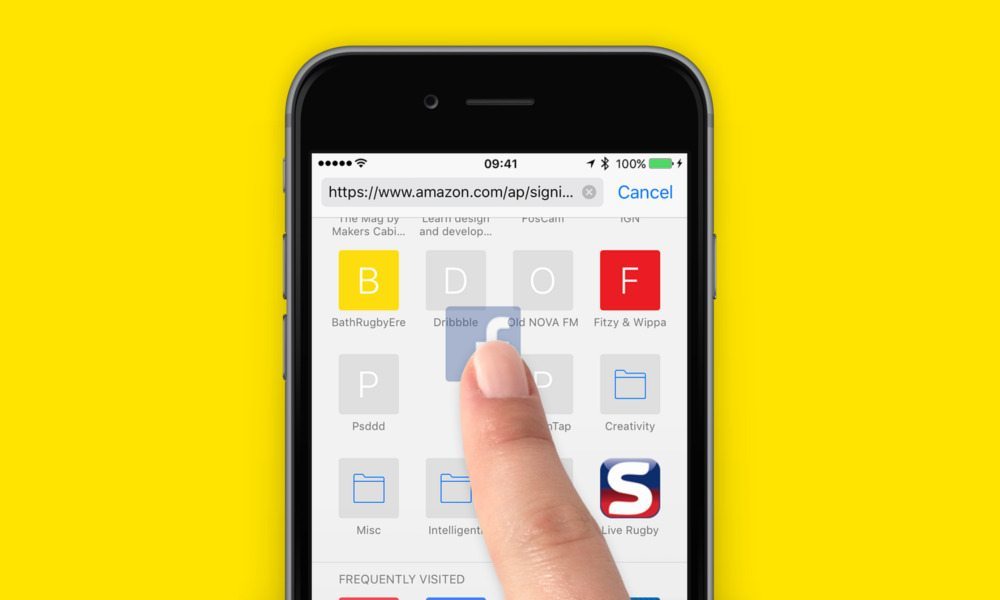
Taking on its closest competitor, Google Chrome, Safari offers comparable features that allow you to browse the web with ease. However, Safari contains many hidden features that you may not know about, but you should. Here are 17 tips and tricks that will help you get the most out of Safari in iOS.
17. Hold Refresh to Request Desktop Site
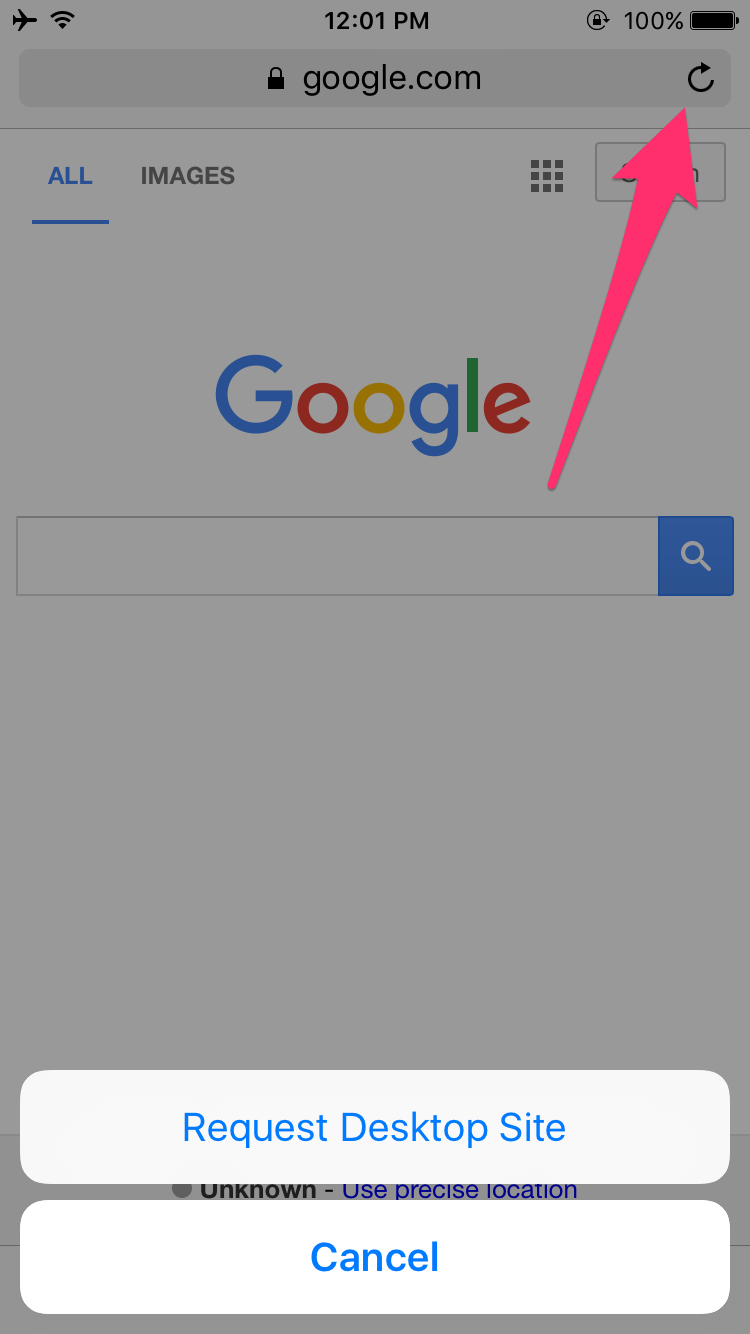
Most websites, including iDrop News,  are built to be 'responsive' so that they look good on mobile devices. Sometimes, the mobile version may not work properly which is why Safari provides an option to request the desktop version of a site. Simply tap and hold on the refresh icon and select Request Desktop Site from the menu that opens.
16. View Recently Closed Tabs
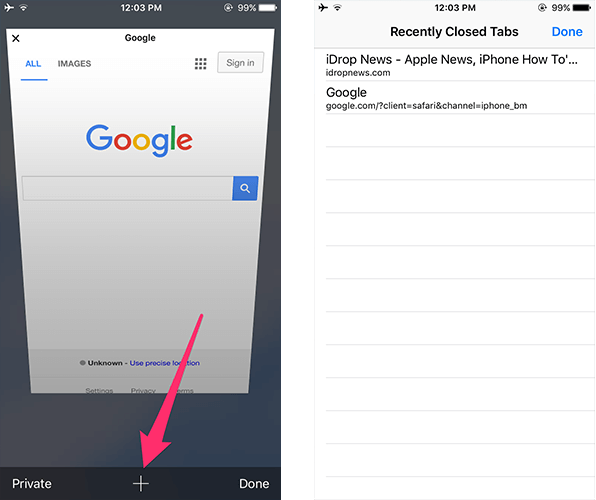
Many desktop browsers come with a feature that allows you to view the recently closed tabs. This is very useful when you close tabs by mistake. Luckily, a similar feature is available for Safari in iOS. To view all the recently closed tabs, tap on the Tabs icon in the bottom right corner, and then press and hold on the + button. This opens a list of all the tabs that have been closed recently.
15. Close All Tabs at Once
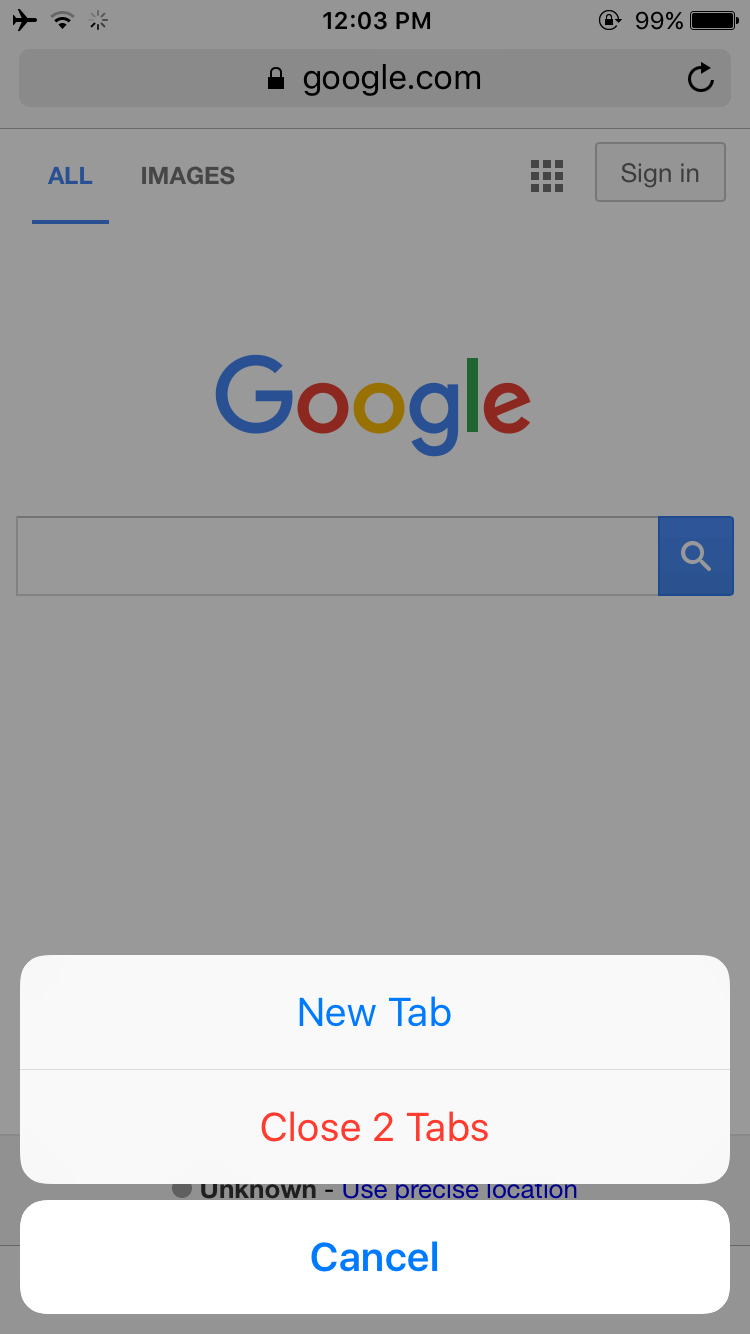
Closing one tab at a time can be time consuming when you have a lot of tabs open. Safari provides a quicker shortcut that allows you to close all tabs at once. This can be done by tapping and holding on the Tabs icon, and then choosing Close [X] Tabs.
14. Find Something on a Webpage
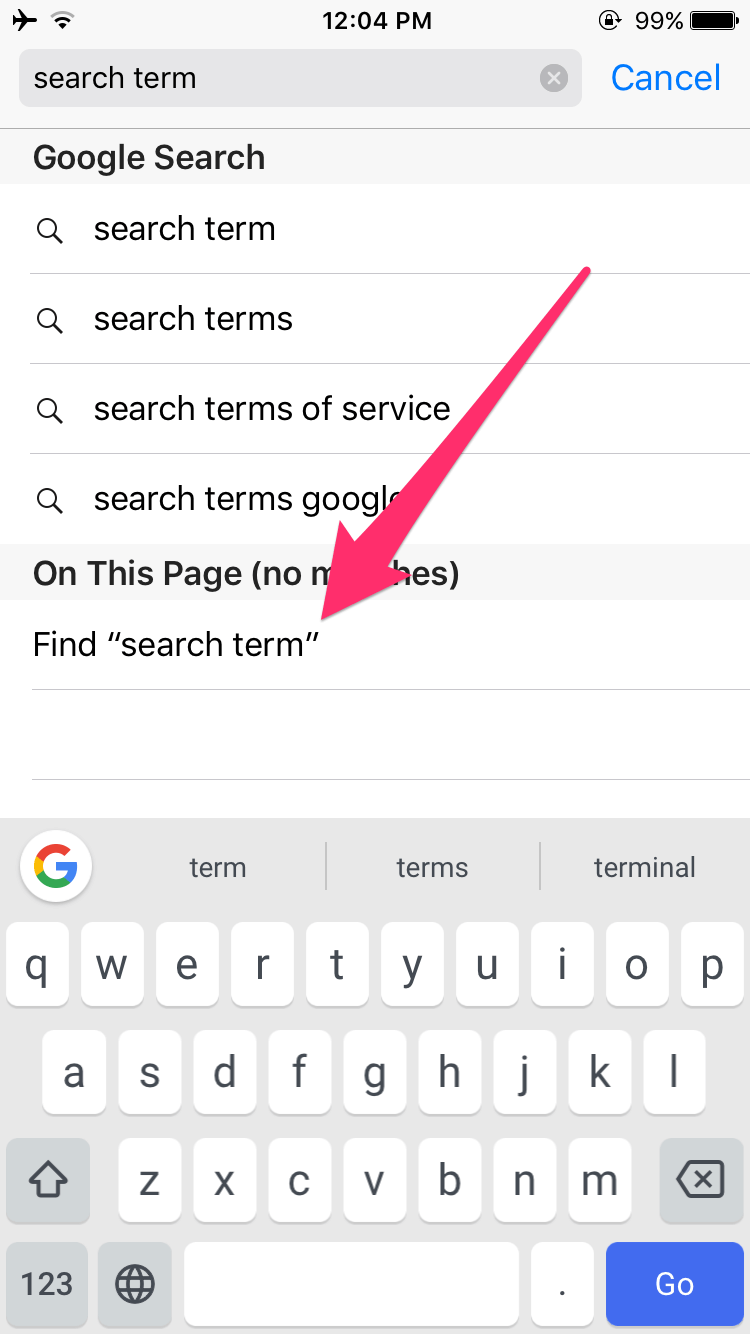
There are times when you want to quickly search for a phrase on the page that is open, similar to the Ctrl/Cmd+F command on your computer. Fortunately, this feature is also available in mobile Safari. To search for a specific phrase in an article, type it in the URL bar and a list of results appear. Under the On This Page section, tap on the Find option.
13. Quickly Open a New Tab

Normally you can open a new tab by tapping on the Tabs button in the lower right hand corner, and the pressing the + button. But there is a quicker shortcut: Simply press and hold on the Tabs icon and choose New Tab.
12. Change the Default Search Engine
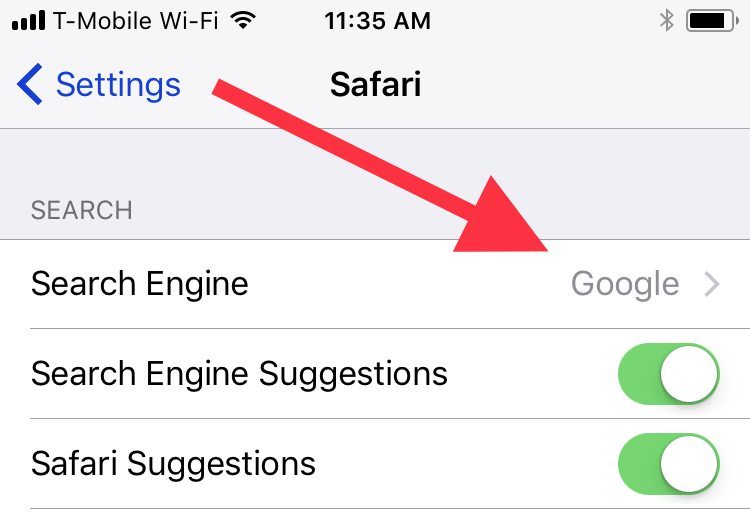
Most users prefer Google, and by default it's set as your preferred search engine in iOS. However, Safari allows you to change the default search engine. Go to Settings > Safari and tap on Search Engine. Here you can choose between Yahoo, Google, Bing, and DuckDuck Go to set as your default search engine.
11. Browse in Private Mode
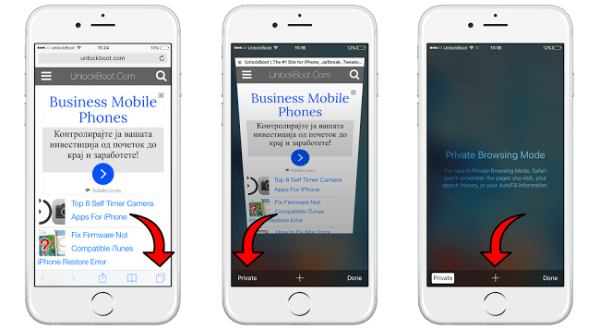
Private browsing in Safari allows you to view pages without leaving a trace in your browser's history, cookies, or search history. It also protects your private information and blocks some websites from tracking your search behavior. To enable Private Mode, tap on the tabs icon in Safari and then press Private in bottom left corner.
10. Paste and Go

If you have copied a URL or a search term which you'd like to paste into Safari, you can do it quickly by tapping and holding on the search bar and choosing Paste and Go, or Paste and Search for search terms.
9. Go Forward and Backward with Swipe Gestures

One of the handy gestures of Safari (which I use frequently) is the back and forward swipe gestures. To go back to the previous page, you can swipe in from the left edge of the screen. On the other hand, you can swipe from the right edge of the screen to go forward.
8. Offline Reading
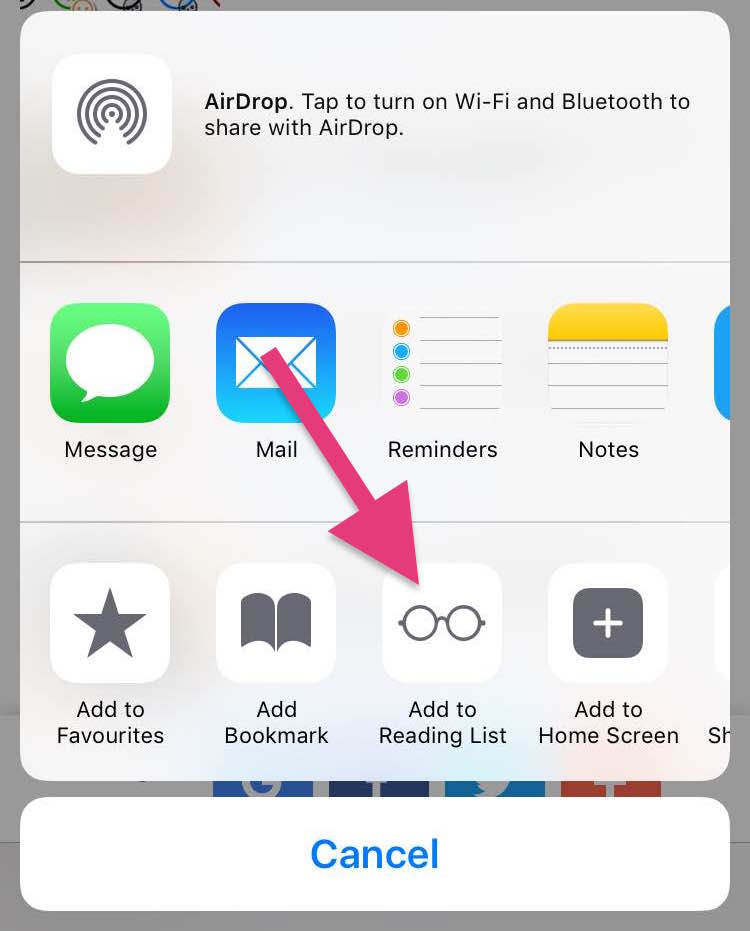
If you've found a nice article to read, but don't have much time on your hands, you can save it for offline reading so that you can read it at a later time, even without an internet connection. To add a page to the Reading List, tap on the Share Sheet icon and then choose Add to Reading List.
7. Reader View

If you read a lot of articles, you may find yourself getting distracted by the numerous ads and popups on a webpage. Safari solves this problem with Reader View, which strips all the distracting elements from a page so that you can focus on the content of the article. To enable Reader View, tap on the icon to the left of the URL bar.
6. Peek and Pop
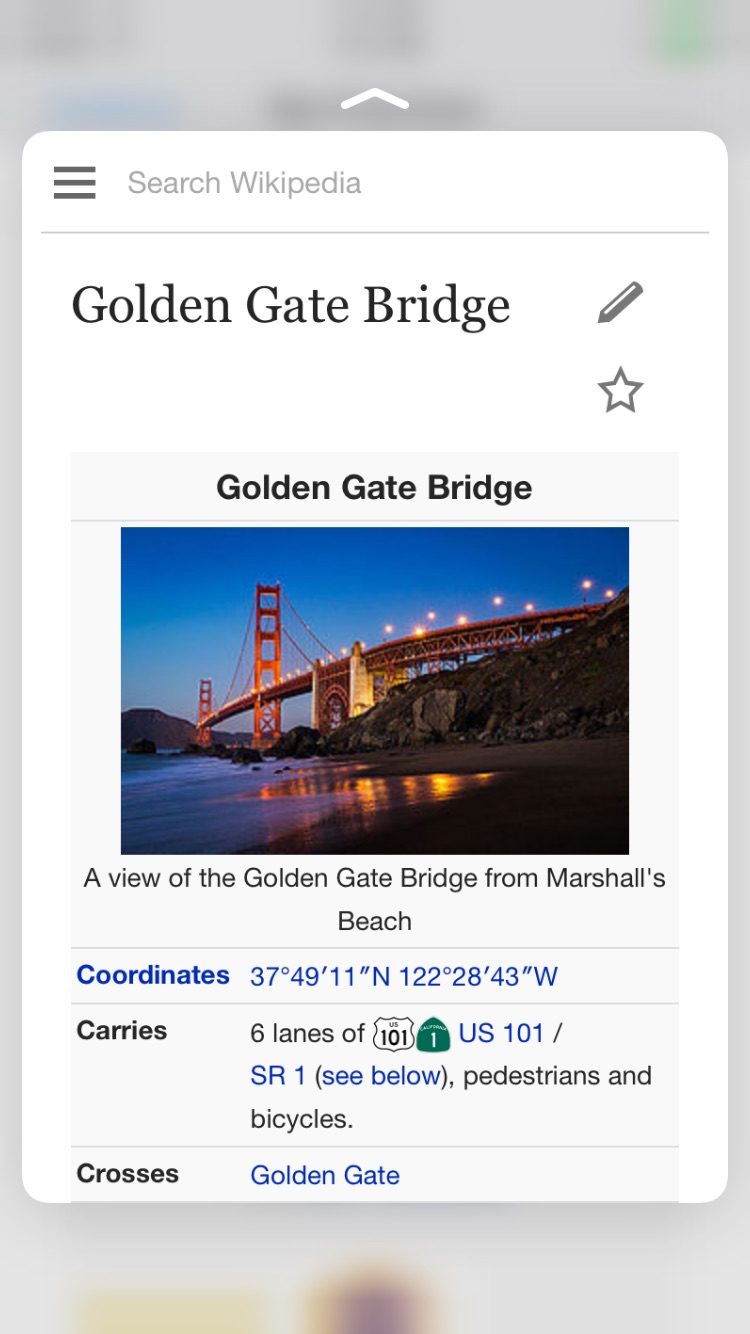
Safari features a 3D Touch gesture that allows you to preview a link before opening it. On your iPhone 6s or newer, press lightly on a link in Safari to preview it, and press harder to "Pop" into it.
5. Do Not Track
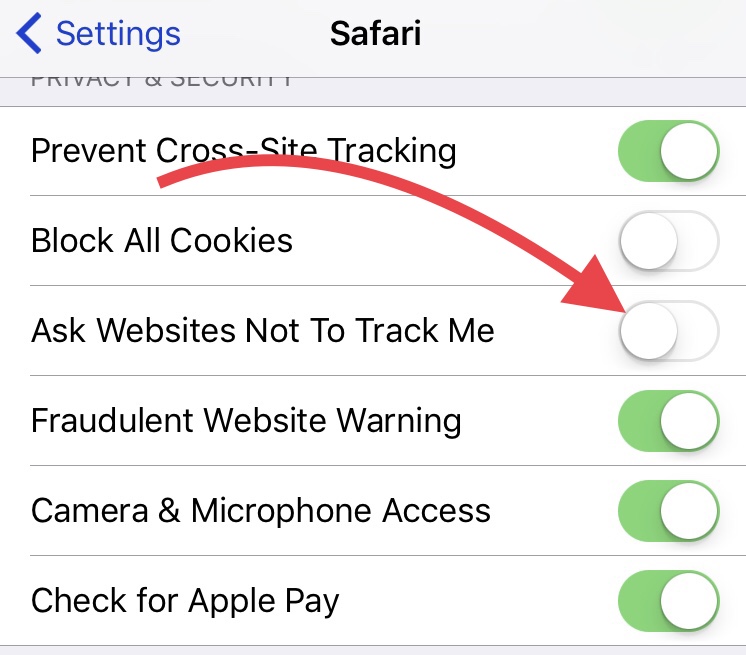
You can enhance your privacy in Safari by enabling the Do Not Track option, which prevents websites from tracking your browsing behaviour. This is usually done by ad networks so that they can display the most relevant advertisements to you. You can enable Do Not Track from Settings > Safari > Switch on "Ask Websites Not To Track Me" or similar option, depending on your iOS version.
4. Change the Font Size

If you want to enlarge the font size while reading an article on a website, it's actually quite easy. First tap on the Reader icon to the left of the URL bar to enable Reader View, then tap on the font icon. From the menu that opens, you can adjust the font size, change its color, as well as change the font family.
3. Add Your Favorite Sites to Home Screen
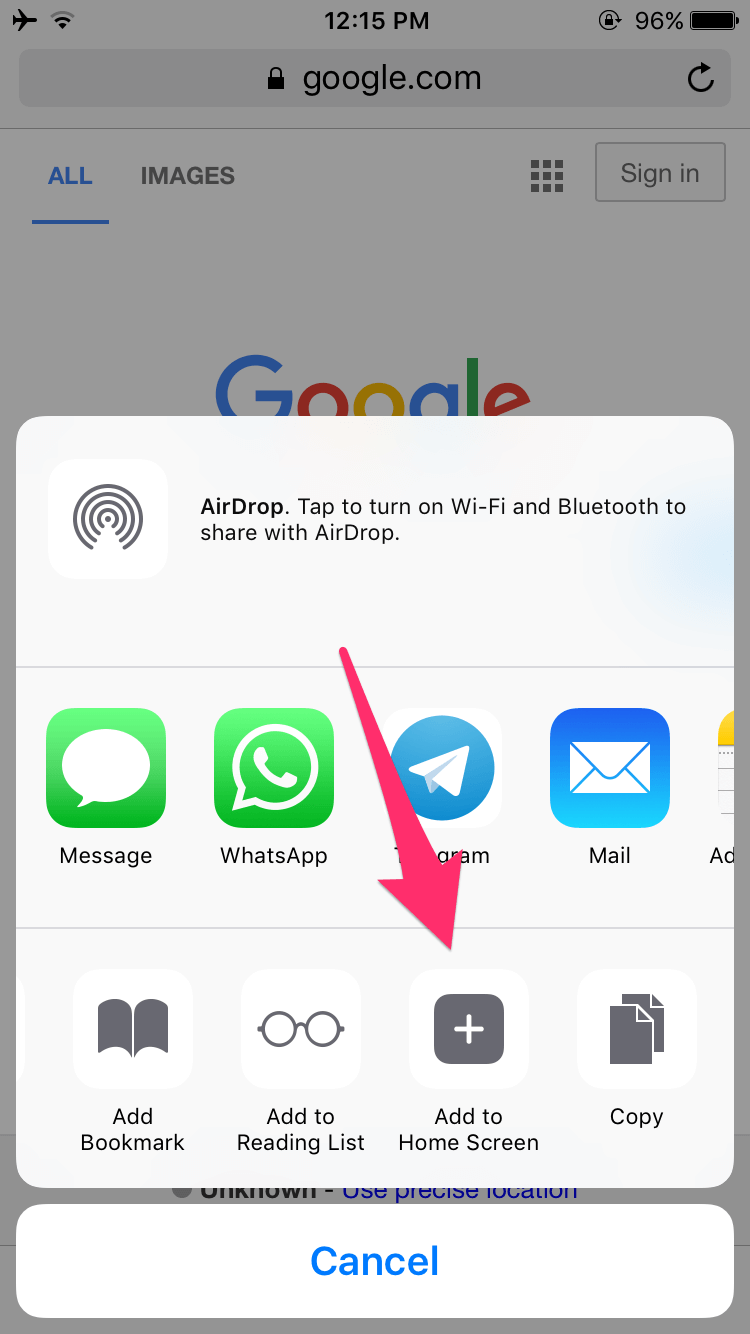
If you visit certain websites frequently, you can add them to your Home screen and open them directly from there. To add a website to the Home screen, first open it in Safari, then tap on the Share Sheet icon and choose Add to Home Screen.
3. Clear History and Website Data
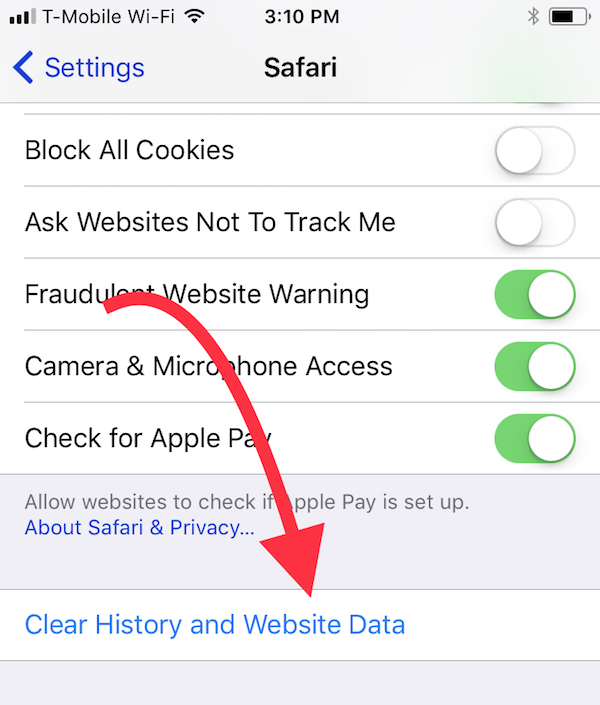
If you wish to start afresh in Safari, you can clear all your browsing history and cookies. This can be done by going to Settings > Safari and tapping on Clear History and Website Data.
2. Quickly View Your Browsing History

While you can view your browsing history by tapping on the Bookmark icon and switching to History, Safari provides a faster shortcut that requires a single tap only. Simply tap and hold on the back or forward icon to view your recent History.
1. Restrict Access to Certain Websites
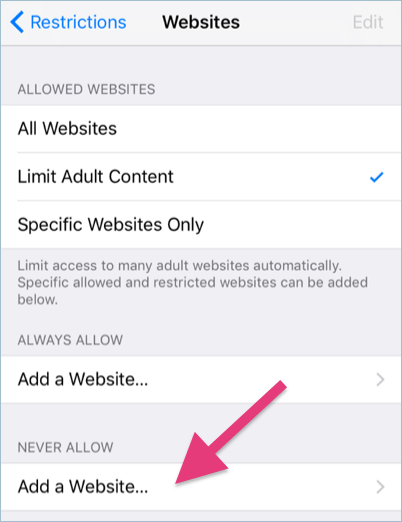
This is a useful feature for parents who want to make sure that certain websites aren't accessed by their children. Go to Settings > General > Restrictions and tap on Enable Restrictions. Next, scroll to "Never Allow" and tap Add a Website.
